Essential Fish Facts You Must Know
Want to catch your favorite types of freshwater fish?
Apply these fish facts!
Fish Facts: Vision
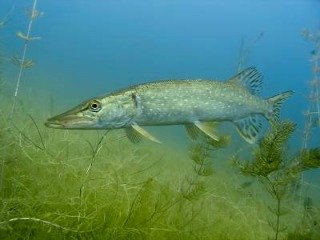
- Most fish species use their eyes to spot food. Some are even able to see microscopic food items like plankton.
- Many fish can distinguish colors, though this is only useful in
shallow water and in the daytime. Vision probably is black-and-white in
deep water and at night, due to low light levels.
-
A fish's eyes are usually located toward the top of the head. This
results in a tendency to eat prey that is above the fish. (You'll want
to take advantage of this by presenting most lures and baits slightly
above the fish's eye level.)
- Fish can't
see anything below their own heads or directly behind themselves.
However, they have a very wide range of peripheral vision, so their side
views are really good.
- Some species can see
well at night, such as the walleye. Other fish can barely see anything
in the darkness, like yellow perch. It's smart to fish for some species
at night and leave others for the daytime.
Fish Facts: Hearing and the Lateral Line
- A fish hears by using bones in its head called otoliths. The hearing system then sends information to the brain.
-
Nerve endings form a line on both sides of fish. This sense is called
the lateral line. You can see it on some species if you look closely.
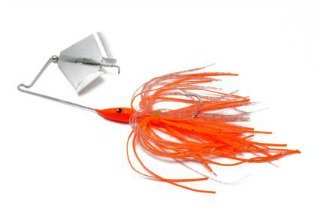
- The lateral line detects motion in the water. By this sense, the
fish is aware of minnows, lures, aquatic creatures, moving boats, and
other nearby fish.
- The lateral line helps fish
determine an object's size and speed, plus the direction it is moving.
It's as if each fish had its own underwater radar system!
-
Lure makers often add rattles to get attention from fish. Lures like
buzzbaits are designed to produce lots of noise and commotion. Rattling
or noisy lures are often effective at night.
Fish Facts: Smell and Taste
- The sense of smell is extremely advanced in some species. The American Eel can detect concentrations as sparse as one part per trillion!
-
Trout and salmon live in the ocean (or the Great Lakes, in North
America) most of the year. It is thought that they follow the chemical
scent-trail of their home streams through the oceans; by using this they
find their way back to spawn in the streams they were born in.
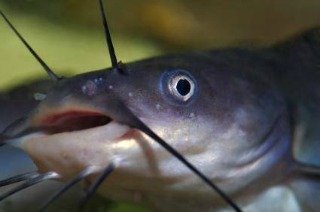
- Taste buds are not always located in a fish's mouth. For instance, a good-sized catfish has 175,000 taste buds spread all over its body, with another 20,000 inside the mouth.
- Species such as trout, salmon, and catfish have an excellent sense of smell. For this reason, anglers who target them fish with heavily scented or stinky baits.
- Fish that hunt food mainly by sight, such as northern pike and muskie, do not rely much on scent at all. It's better to appeal to them visually with a bait or lure.
- Smell is usually used by a fish to find food. Taste is used to decide whether to finish eating an object that's in its mouth or to spit it out. For this reason, it is wise to use scent when fishing with soft plastic lures. Fish will hold them longer; you'll have more time to set the hook!
Fish Facts: Reproduction
- Almost all types of freshwater fish in North America reproduce at least once per year. Reproduction is called spawning.
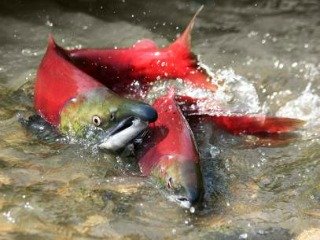
- Most spawning is done in water from 2 to 15 feet deep, depending on the species. In lakes and reservoirs, fish usually move from deeper wintering places to shallow spawning areas when spring or early summer comes.
- Each fish species has an optimal bottom type for
spawning. For walleyes, it's small rocks. Crappies prefer a mixture of
sand and clay. However, yellow perch leave strands of eggs attached to
weeds.
- Surface water temperature is a key to knowing
when fish will spawn. For instance, bluegills will spawn when surface
temps reach 68 degrees for the first time of the year.
- The spawning season can be a great time to go fishing. However, it is wise to avoid keeping many fish to eat at these times. This will help conserve the population. Some areas are closed to fishing during the spawn, so check local regulations to be sure you're legal.
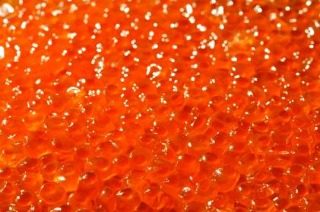
- Fish often produce tens of thousands of eggs. Of these, only an extremely small percentage (perhaps 1 in 10,000) ever make it to adulthood. That's enough to maintain a decent population.
- Some fish guard their young until they grow to be an inch or so in size. Then, the young are left to fend for themselves. Some species eat plankton until they get a bit larger; they then eat aquatic insects, little minnows, and small fish.
Premier Fishing Tips:
- By understanding these fish facts and how fish sense food and other objects in their underwater environment, you'll be able to choose the best bait or lure.
- It is important to keep in mind that various fish species have these senses to various degrees. For instance, catfish have an especially keen sense of smell but do not have the extremely refined eyesight of bluegills or crappies.
- As you learn more specific details about each fish species, you'll be able to choose baits and lures that fit that type of freshwater fish best.
Now you've learned these basic fish facts. Are you ready to catch a particular species? Click on the links below to find out more about your favorite types of freshwater fish!